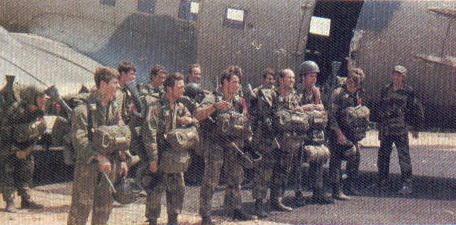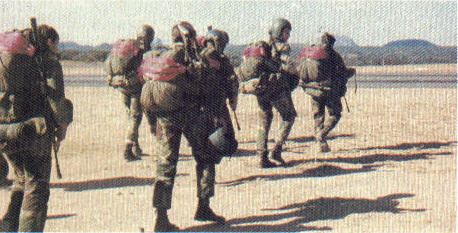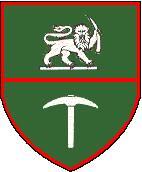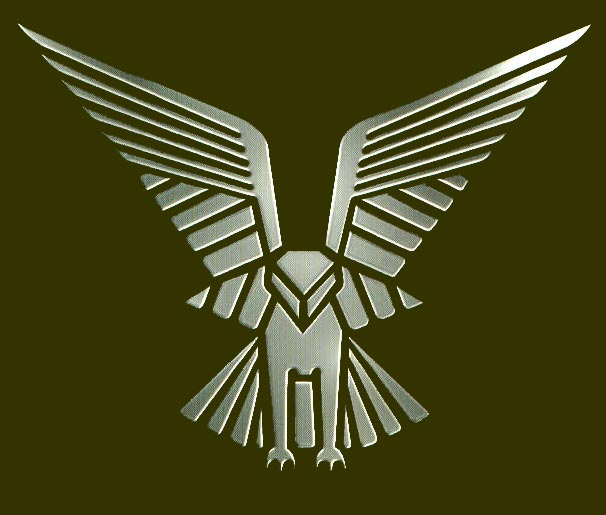FIREFORCE
OPERATIONS
Perhaps
the most successful counterinsurgency tactic used by
the
Rhodesians was the joint
Air Force and Army “Fireforce,”
a heliborne reaction
team developed in the early
stages of Operation Hurricane.
Using
helicopters provided by South Africa, the
Rhodesian Air Force devised this
particularly effective means of vertical envelopment. Original
Fireforce typically consisted
of four Alouette III helicopters, each
manned by a pilot and technician/gunner. Three
of the helicopters, referred to as “G-cars,” were used to transport four fully quipped troops,
while a fourth helicopter,
called the “K (for
kill)-car,” carried a pilot
who was the senior Air Force officer, a gunner-
technician, and the Army unit commander, who directed the operations
below. The “K-car” could also be used as a gunship when required
(hence, its appellation).

The
four helicopters were supported by a fixed-wing aircraft equipped with
rockets and machineguns. In the early stages of the conflict, this was
usually a single-engine Aermacchi-Lockheed AL-60 Trojan. A
particularly noisy aircraft, the AL-60 generally preceded the
helicopters, effectively blotting out the noise of their engines and
helping to maintain at least a modicum of surprise about the impending
ground attack. The initial helicopter-deployed contingent of 12
Rhodesian Light Infantry or LRI, the Rhodesian Army’s commandos, or
paratroops would be supported by additional ground troops, who also
carried fuel for the helicopters.
Later
in the conflict, the regular Fireforce unit was expanded to six
helicopters and was referred to as a “Jumbo Fireforce.” This
number of helicopters and troops was about as large as a single
commander could effectively control. Other variations consisted of a
heliborne mortar unit that would be deployed from the “G-car,”
which would then act as the unit’s aerial spotter.” The lack of
helicopters prevented the creation of more Fireforce units as the
insurgents increased their area of operations. To relieve the
situation, a stick of paratroopers was added to each Fireforce
complement. The paratroopers were transported over the targeted area
in a World War II-era DC-3 Dakota fixed-wing transport plane and then
dropped to support the smaller heliborne-deployed force already on the
ground.

The
Fireforce was used most successfully in tandem with information on
insurgent locations obtained from static observation posts, Selous
Scouts “pseudo-operations,” and other ground intelligence sources.
As an immediate reaction force, it could be also scrambled whenever
any ground forces required support. This was a great morale builder
for the average soldier, who knew that assistance was only 30 minutes
away at the most. Demands on the Fireforce continued to increase
during the closing years of the conflict, to the point where it was
not unusual for it to be deployed as often as three times a day in
certain heavily contested areas.




